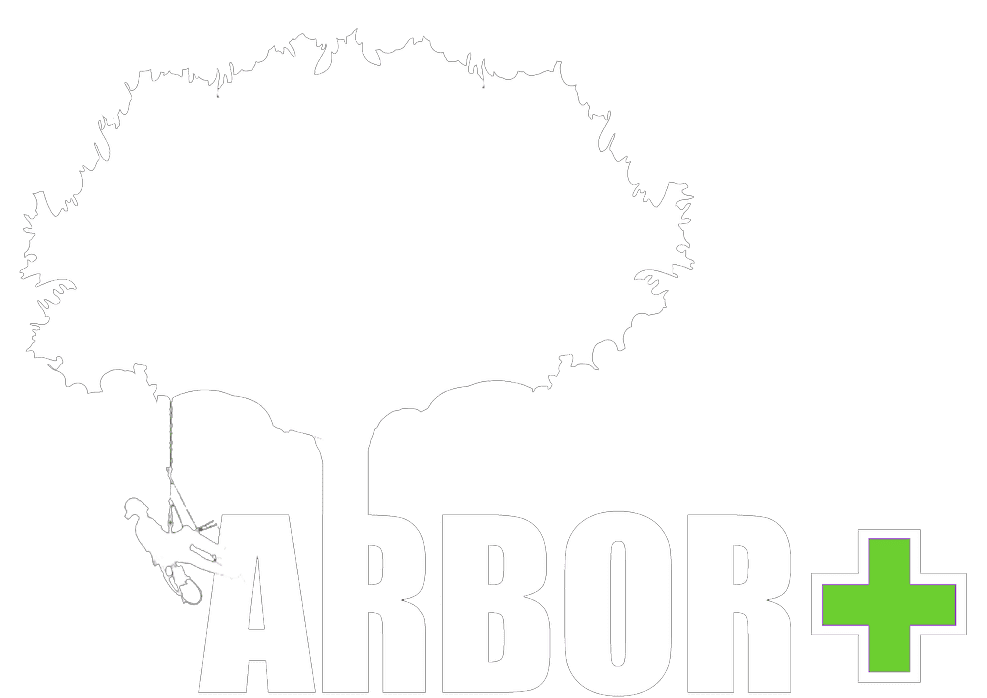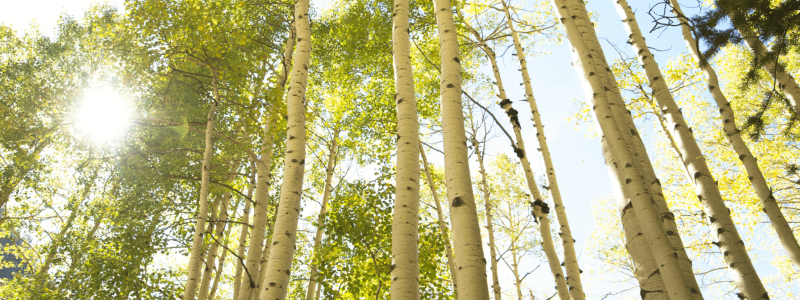At ArborPlus LLC, we specialize in expert trimming & pruning services that enhance the health and appearance of your trees. Our certified arborists are highly trained in the latest techniques and best practices to ensure that every cut contributes to the longevity and vitality of your trees.
Why Trimming & Pruning Matter for Tree Health
Proper trimming & pruning is essential for maintaining the health, structure, and aesthetics of your trees. While it’s tempting to remove excess branches to tidy up your landscape, pruning also helps prevent disease, encourages healthy growth, and ensures the safety of your property. Whether you have large, mature trees or young saplings, our expert arborists understand the delicate balance of trimming & pruning to maintain a thriving, disease-free tree.
Why Trimming & Pruning Matter for Tree Health
The Importance of Hiring an Experienced Arborist for Trimming & Pruning
When you hire ArborPlus LLC, you’re not just getting a landscaping service — you’re hiring an experienced tree care professional who understands the nuances of each tree species. Improper trimming can harm your tree, making it more susceptible to diseases and pests. By entrusting our certified arborists with your trimming & pruning, you can rest assured your trees will be healthy, strong, and safe.
How Trimming & Pruning Improves Tree Health
Each time we trim or prune a tree, it’s like giving it a fresh start. Our skilled arborists use advanced techniques to ensure every cut is strategic and beneficial. Here’s how trimming & pruning improve tree health:
- Promotes New Growth: Trimming encourages new, healthy growth, allowing your tree to thrive.
- Improves Air Circulation: Removing dense or dead branches allows more light and air to reach the inner parts of the tree, promoting better overall health.
- Prevents Disease: By eliminating diseased or damaged branches, you reduce the risk of spreading harmful pathogens throughout the tree.
When to Schedule Trimming & Pruning
The timing of your trimming & pruning is crucial to the health and growth of your tree. The best time to prune depends on the tree species and your goals:
- Young Trees: Trimming within the first 2 to 5 years helps establish a strong structure.
- Mature Trees: Most trees benefit from pruning every 3 to 5 years to maintain their shape and health.
- Pine & Fir Trees: These typically require pruning every 5 to 7 years for optimal growth.
- Ornamental Trees: These may require more frequent trimming, such as every year or even twice per year, depending on your preferences.
Additionally, trees near structures or power lines may require more frequent pruning & trimming to maintain safety.
Benefits of Professional Trimming & Pruning from ArborPlus LLC
- Expert Arborists: Our team of certified arborists has the expertise to assess your trees’ unique needs and ensure the right cuts are made.
- Safe & Efficient: We follow strict safety protocols to ensure your property, trees, and our team are protected during the process.
- Long-Term Results: Our techniques ensure that your trees will not only look great but remain healthy and strong for years to come.
Contact ArborPlus LLC for Expert Trimming & Pruning
If you’re ready to enhance the health and beauty of your trees, ArborPlus LLC is here to help. Contact our team today to schedule a professional trimming & pruning service and ensure your trees are properly cared for.

